
| Recorded by: Jim Petranka on 2025-05-24
Richmond Co.
Comment: | 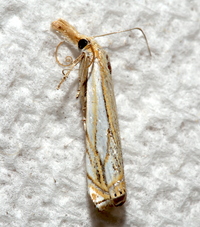
| Recorded by: David George, Jeff Niznik on 2025-05-24
Richmond Co.
Comment: |
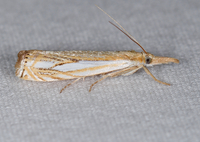
| Recorded by: Jim Petranka and Becky Elkin on 2025-05-23
Richmond Co.
Comment: | 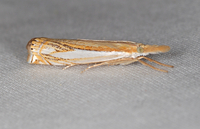
| Recorded by: Jim Petranka, John Petranka and Becky Elkin on 2025-05-09
Cumberland Co.
Comment: |
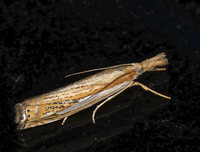
| Recorded by: John Petranka, Jim Petranka and Becky Elkin. on 2025-05-09
Cumberland Co.
Comment: | 
| Recorded by: David George, Jeff Niznik on 2025-05-09
Cumberland Co.
Comment: |
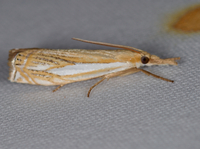
| Recorded by: Jim Petranka on 2023-06-20
Madison Co.
Comment: | 
| Recorded by: John Petranka on 2023-06-06
Alleghany Co.
Comment: |

| Recorded by: Stephen Dunn on 2023-06-05
Orange Co.
Comment: | 
| Recorded by: David George, L. M. Carlson, Brian Bockhahn on 2022-06-07
Moore Co.
Comment: |

| Recorded by: Stefanie Hedrick on 2022-06-06
Mecklenburg Co.
Comment: | 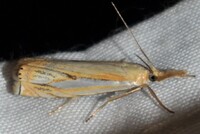
| Recorded by: Jeff Niznik on 2022-05-17
Chatham Co.
Comment: |
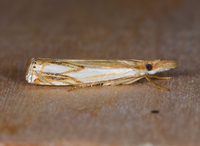
| Recorded by: Jim Petranka, Bo Sullivan and Steve Hall on 2021-06-08
Scotland Co.
Comment: | 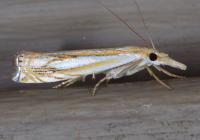
| Recorded by: Jim Petranka and Becky Elkin on 2020-07-05
Madison Co.
Comment: |

| Recorded by: B. Bockhahn, P. Scharf, K. Kittelberger on 2015-06-18
Avery Co.
Comment: | 
| Recorded by: B. Bockhahn, K. Kittelberger, P. Scharf on 2015-06-18
Watauga Co.
Comment: |

| Recorded by: B. Bockhahn, K. Kittelberger, P. Scharf on 2015-06-17
Caldwell Co.
Comment: | 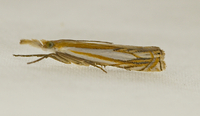
| Recorded by: Jim Petranka and Becky Elkin on 2014-06-08
Madison Co.
Comment: |
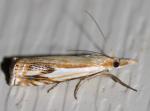
| Recorded by: Doug Blatny / Jackie Nelson on 2011-10-22
Ashe Co.
Comment: | 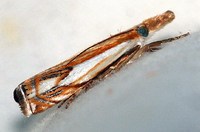
| Recorded by: Paul Scharf on 2011-06-29
Warren Co.
Comment: |
|

 »
»



 »
»

